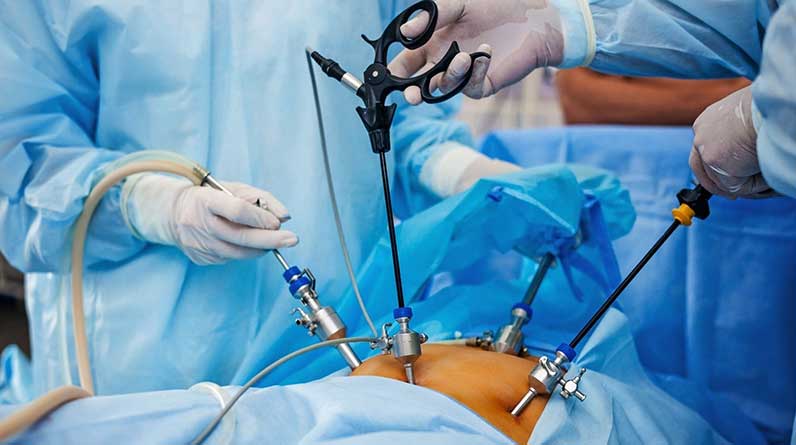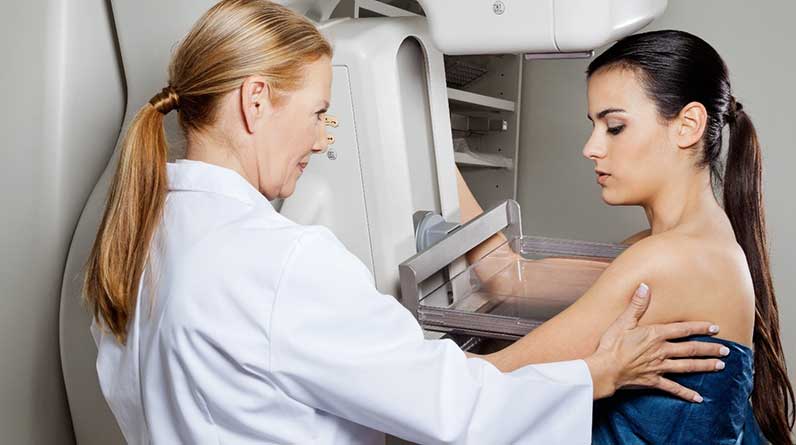
Gynecological Cancer: Incidence, Risk Factors, Diagnosis, and Treatment
Gynecological cancer includes any cancerous tumor involving the female reproductive organs. Cancer occurs when abnormal cell growth occurs, leading to rapid overgrowth of other abnormal cells. Sometimes this growth occurs spontaneously, and other times, various risk factors cause it.
The following are the most common types of Gynecological Cancers:
- Uterine Cancer (Endometrial Cancer)
- Ovarian Cancer
- Cervical Cancer
- Vulvar Cancer
- Vaginal Cancer
- Fallopian Tube Cancer
According to the American Cancer Society, over 113,000 women were diagnosed with reproductive organ cancer in 2020 in the United States alone. Of those cancers, endometrial cancer was the most common.
Ovarian cancer, which is the second most common gynecological cancer, also has the highest death rate of all female reproductive organ cancers.
Cervical cancer accounts for about 7-8% of gynecological cancer, and vaginal cancer only accounts for about 1-2% of gynecological cancer. In addition, the incidence of cervical cancer has markedly decreased over the last several decades due to regular Pap test screening, which is widely available.
Risk Factors Associated with Gynecological Cancer
As females age, their risk of gynecological cancer increases. Several other risk factors should also be considered.
The following are some of the highest risk factors for gynecological cancer:
- Previous Cancer Diagnosis
- Family History of Gynecological Cancer
- Genetics
- Poor Health and Lifestyle (Obesity, Smoking, Substance Abuse, Sedentary Living)
- Ethnicity
- HIV/HPV
It’s important to note the high correlation of specific risk factors to certain types of gynecologic cancer. For example, HPV infection is the highest risk factor for cervical cancer.
Regular visits to your primary physician or gynecologist are very important to detect the development of gynecological cancer. In addition, seeing your doctor regularly will be the best method of improving your overall health.
Cervical cancer can be detected at an early stage by the routine PAP test. Utilizing this test, a sample of cervical cells is obtained and examined by a pathologist to determine if abnormal cells are present. If these abnormal cells are identified, a gynecologist can obtain additional tissue to test for the presence of cancer. In recent years, HPV(Human Papilloma Virus) testing during PAP smear collection has enhanced early detection.
Diagnosing Gynecological Cancer
Gynecological cancer is often diagnosed by a coordinated effort of primary care providers and gynecological specialists. Initial screenings can easily be performed by the primary care provider, however additional testing such as tissue biopsy will require consultation with a gynecologist. A biopsy can be obtained during a procedure called colposcopy, which can be performed in the office setting.
The diagnosis can also be made through the detection of an abnormal finding on examination of the uterus or ovaries during a routine pelvic examination. Once an abnormality is identified, further testing is needed to determine if a cancer is present.
The following are common tests, screenings, and procedures used in the diagnosis of gynecological cancers:
- Pelvic Examination
- PAP Test
- HPV Test
- Ultrasound (US)
- CT Scan or MRI
- Colposcopy of The Cervix
- Endometrial Biopsy (sampling of the lining of the uterus)
- Blood Testing
In the diagnosis of cervical cancer, the use of PAP tests and HPV testing has evolved to be more specific, and certain guidelines have been established.
The following is a summary of the updated PAP test/HPV test guidelines:
- Women 21-29: PAP Test Every Three Years
- Women 30-65: PAP Test Every Three to Five Years; HPV Test Every Five Years
- Women 65+: No Need for Screening If Tests Continue to Show Negative
These guidelines should be discussed with your primary provider or gynecologist as these pertain only to low-risk women. In addition, women who have had a history of an abnormal PAP smear may need to get PAP testing done more often.
Once the diagnosis is made, the next steps include staging and developing treatment and management protocols.
It’s also important to note that these guidelines mean that you should see your physician yearly for a breast and pelvic exam in addition to PAP testing. A complete examination is a critical aspect of the screening process for cancer.
Treating Gynecological Cancer
The type of treatment for gynecological cancer depends on the type of cancer as well as the stage of cancer. However, many of the treatment methods are similar to other types of cancers.
The following are the most common and effective treatment methods for gynecological cancer:
- Surgery
- Chemotherapy
- Radiation Therapy
- Targeted Drug Therapy
- Immunotherapy
The ultimate goal of treatment is to achieve a cure. In most gynecologic cancers, the initial treatment is removing or debulking the tumor. Then, depending on the staging, additional adjunctive treatment such as chemotherapeutic drug therapy and radiation therapy may be employed in combination or individual therapy.
Final Thoughts
No matter the type of gynecological cancer, the best possible way to prevent its occurrence is through routine screening through regular visits to your health care provider. It’s even more important for those individuals who have a known family history of gynecological cancer to get regular screening. And, of course, those individuals who have a previous history of gynecologic cancer must be diligent in maintaining regular followup with their gynecologist. These regular visits are especially helpful as an opportunity to share relevant information, discuss new developments, track progress, and adjust treatment and management protocols as necessary.
While screening PAP and HPV Tests, especially for those with a history of cervical cancer, are critical, it’s also important to change lifestyle habits, such as quitting smoking.
Overall, healthy lifestyle habits may significantly reduce your risk of developing gynecologic cancer even if genetic risk factors are involved.





